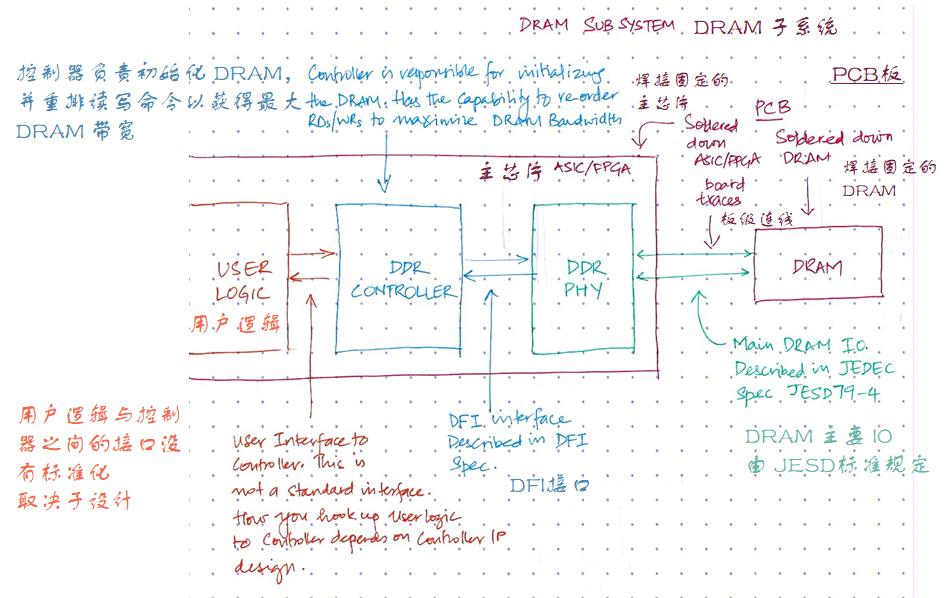Understanding the Differences Between Federal Direct Unsubsidized Loan vs Grad PLUS Loan: Which is Right for You?
Guide or Summary:Federal Direct Unsubsidized Loan vs Grad PLUS LoanWhat is a Federal Direct Unsubsidized Loan?What is a Grad PLUS Loan?Interest Rates and Re……
Guide or Summary:
- Federal Direct Unsubsidized Loan vs Grad PLUS Loan
- What is a Federal Direct Unsubsidized Loan?
- What is a Grad PLUS Loan?
- Interest Rates and Repayment
- Choosing the Right Loan for You
Federal Direct Unsubsidized Loan vs Grad PLUS Loan
When it comes to financing your education, understanding the various loan options available is crucial. Two popular choices among graduate students are the Federal Direct Unsubsidized Loan and the Grad PLUS Loan. Both loans offer unique benefits and features, but they also come with distinct differences that can significantly impact your financial future.
What is a Federal Direct Unsubsidized Loan?
The Federal Direct Unsubsidized Loan is a type of federal student loan available to graduate and professional students. Unlike subsidized loans, the federal government does not pay the interest on this loan while you are in school, during the grace period, or during deferment periods. This means that interest accrues from the moment the loan is disbursed, which can lead to a larger total repayment amount over time.

One of the key advantages of the Federal Direct Unsubsidized Loan is that it does not require a credit check, making it accessible to a wider range of students. Additionally, there is no cap on the amount you can borrow, but annual limits do apply. For graduate students, the maximum amount you can borrow annually is $20,500.
What is a Grad PLUS Loan?
On the other hand, the Grad PLUS Loan is also a federal loan designed specifically for graduate and professional students. This loan can cover any costs not met by other financial aid, including tuition, fees, and living expenses. Unlike the Federal Direct Unsubsidized Loan, the Grad PLUS Loan does require a credit check, and applicants must not have an adverse credit history.
The maximum amount you can borrow with a Grad PLUS Loan is the total cost of attendance minus any other financial aid received. This means that if your educational expenses exceed the limits of the Federal Direct Unsubsidized Loan, the Grad PLUS Loan can help fill that gap.

Interest Rates and Repayment
Both loans have fixed interest rates, but the rates differ. For the 2023-2024 academic year, the Federal Direct Unsubsidized Loan has a lower interest rate compared to the Grad PLUS Loan. This can make a significant difference in the total amount you repay over the life of the loan.
Repayment terms for both loans typically start six months after you graduate or drop below half-time enrollment. However, with the Grad PLUS Loan, you may also have the option to defer payments while you are in school, which can provide additional financial flexibility.
Choosing the Right Loan for You
When deciding between a Federal Direct Unsubsidized Loan and a Grad PLUS Loan, consider your financial needs, credit history, and long-term repayment strategy. If you are looking for a loan with lower interest rates and no credit check, the Federal Direct Unsubsidized Loan may be the better option. However, if you need to borrow more than the annual limit of the unsubsidized loan, the Grad PLUS Loan can provide the additional funds necessary to cover your educational expenses.

In conclusion, both the Federal Direct Unsubsidized Loan and the Grad PLUS Loan are valuable resources for graduate students seeking financial assistance. Understanding the differences between these loans can help you make an informed decision that aligns with your educational and financial goals. Always consider consulting with a financial aid advisor to explore your options and find the best solution for your unique situation.